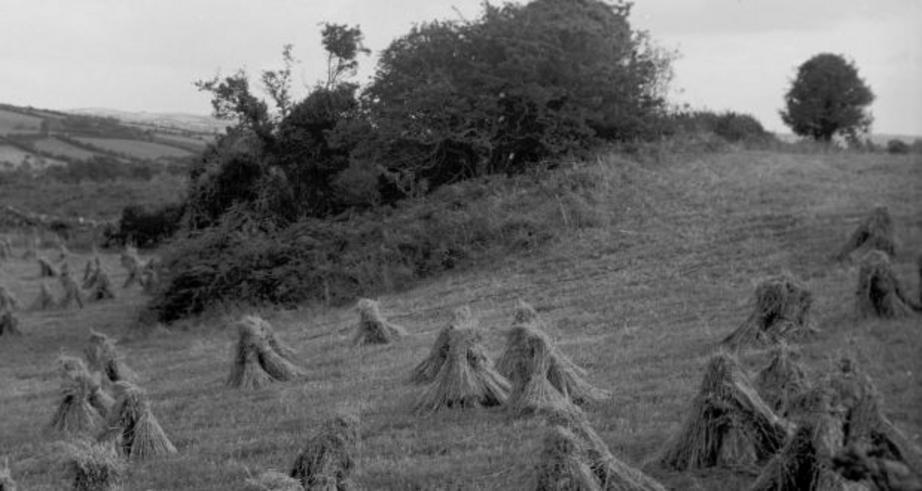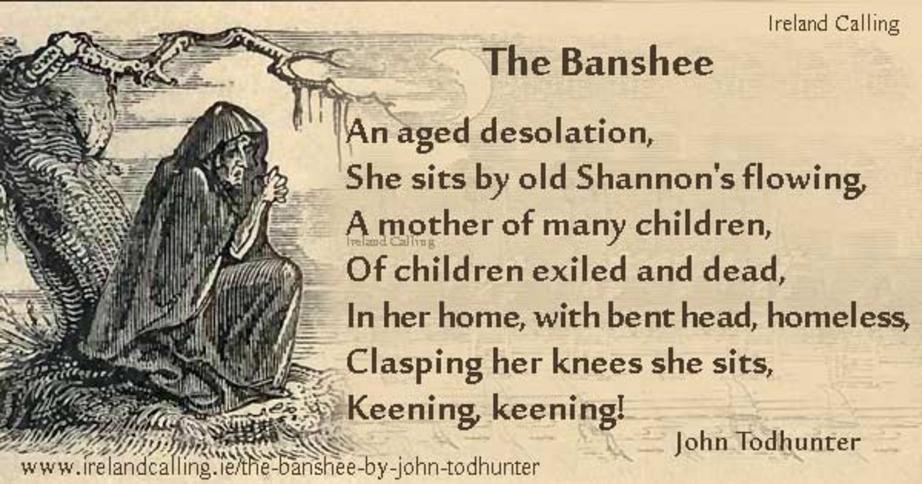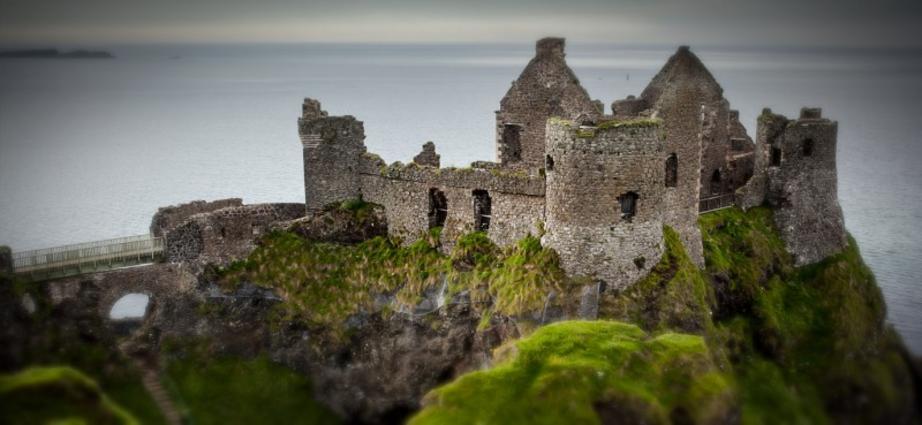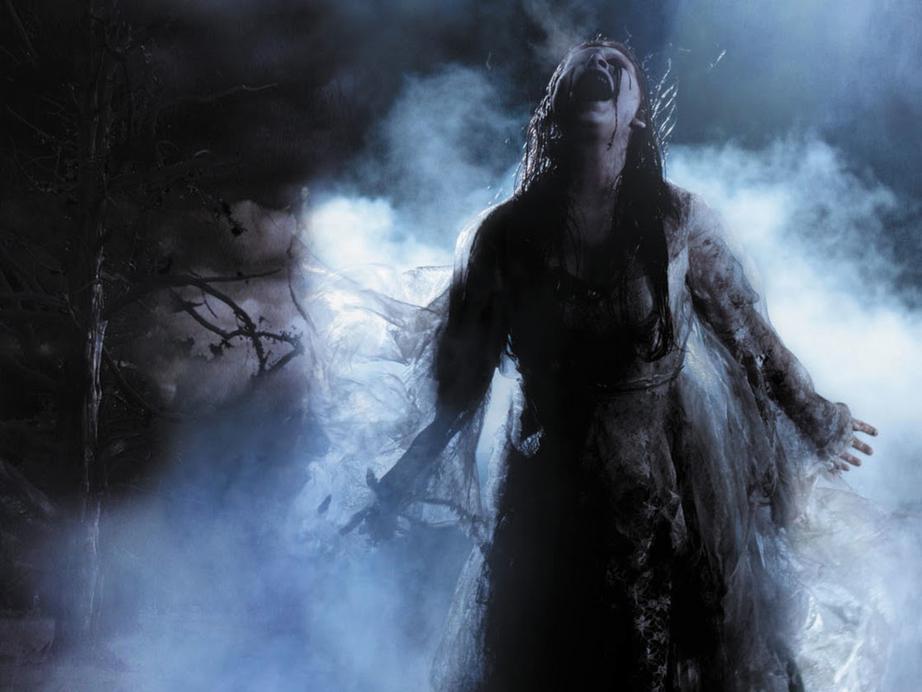Ireland’s darkest, oddest and weirdest secrets uncovered
From banshees, to people who had mermaid lovers, crowdsourced stories reveal a different country.

A fairy fort, with corn stooks of four sheaves each, in Loughinisland, Co Down, in 1962. Photograph: Michael J Murphy/duchas.ie
A worldwide crowdsourcing movement is currently unearthing Ireland’s deepest fairy secrets and darkest myths. A voluntary collective online is working its way through transcribing 700,000 pages of folklore that were collected throughout Ireland between 1937 and 1939. This mass of previously inaccessible material was gathered by more than 100,000 children who were sent to seek out the oldest person in their community just before second World War to root out the darkest, oddest and weirdest traditional beliefs, secrets and customs, which were then logged into 1,128 volumes, titled the Schools’ Manuscripts Collection.

Half a million pages have been digitised by the National Folklore Collection, of which more than 100,000 pages have now been transcribed by volunteers, revealing the fairy situation in every townland, the types of leprechaun and butter churn common to each area, the names of people who tried to steal gold and what happened to them, or who had relationships with mermaids. There is material on local cures, holy wells, strange animals, travelling folk and spirits.
Of the 141 entries featuring witches, 40 of them deal with hags taking on the form of hares when trying to escape from farmers who catch them sucking milk from their cows’ udders

The sheer extent of the information is dazzling, with further volumes of folklore being uploaded faster than the transcribers can ever manage to keep up with. There are already more than 1,000 separate entries on leprechauns, with one contributor, Nell Morley from Beacán, Co Mayo, describing the local variety as being “a small man dressed in a green coat and a red hat”, mostly found repairing shoes under a hawthorn bush. But Morley emphasised that “leipreachans are very seldom seen in this district”.
Some 311 entries deal with encounters with mermaids, in which the sea creatures are either vengeful and intrusive, or innocent victims of duplicitous humans. Of the 141 entries featuring witches, 40 of them deal with hags taking on the form of hares when trying to escape from farmers who catch them sucking milk from their cows’ udders.

Factual Form
The information is presented in factual and specific form: Mrs Paddy Brady from Kilteane, Co Cavan, reports that she “knows of a woman who turned herself into a hare. Her name was Mrs Hutchington, a Protestant woman who lived in the townland of Ryeforth, Co Cavan. She went to my grandfather, Bennie Goldrick, and sucked the milk from the cow. Grandfather saw her; he got his gun loaded it with a crucked [sic] sixpence, fired at the hare and hit her on the head. She ran away, and he ran after her to her house, where he found the woman in the bed with her head bleeding. He made her promise to never do that again, so she did not.” An addendum tells that a crooked threepenny or sixpenny piece was used since only a silver bullet had the power to kill a witch-hare.
There are 367 entries dealing with the banshee, containing detailed knowledge about where she would stop to drink at night and to what families she was prone to appearing. Teresa Dolan, from Enniscoe in Mayo describes the banshee her mother saw as “a small woman clothed with straw having a shawl on her head”. William Jackson in Newtownwhite tells of how the banshee would come wailing for his great-grandfather every night after he stole her cloak. When he offered it back, by sticking it out the window on the end of a fork, she grabbed it, leaving the track of her fingers in the prongs of the fork.
The folklore collection features far more than supernatural activity; there are more than 3,300 stories on butter and churns, with many thousands of entries on traditional crafts, tools and skills, and a vast range of information on ethnomedicinal and ethnobotanical cures and practices, much of which has never been written down before, or since. Pharmaceutical companies are delving through it in search of forgotten medicinal properties associated with nettles, dock, gorse, ivy, comfrey, celery, carrageen moss, etc.
Rather than waving an inflated shamrock or pouring back pints of Guinness to mark Ireland’s national holiday, consider delving into this vast online knowledge bank of national consciousness from a time when ambiguity still played a key role in life and when the unbroken connection back to Pagan times was still strong and clear.
Just choose any topic that catches your eye, whether weather or wethers, fires, forks or flood, you’ll find them all listed here: www.duchas.ie/en/tpc

